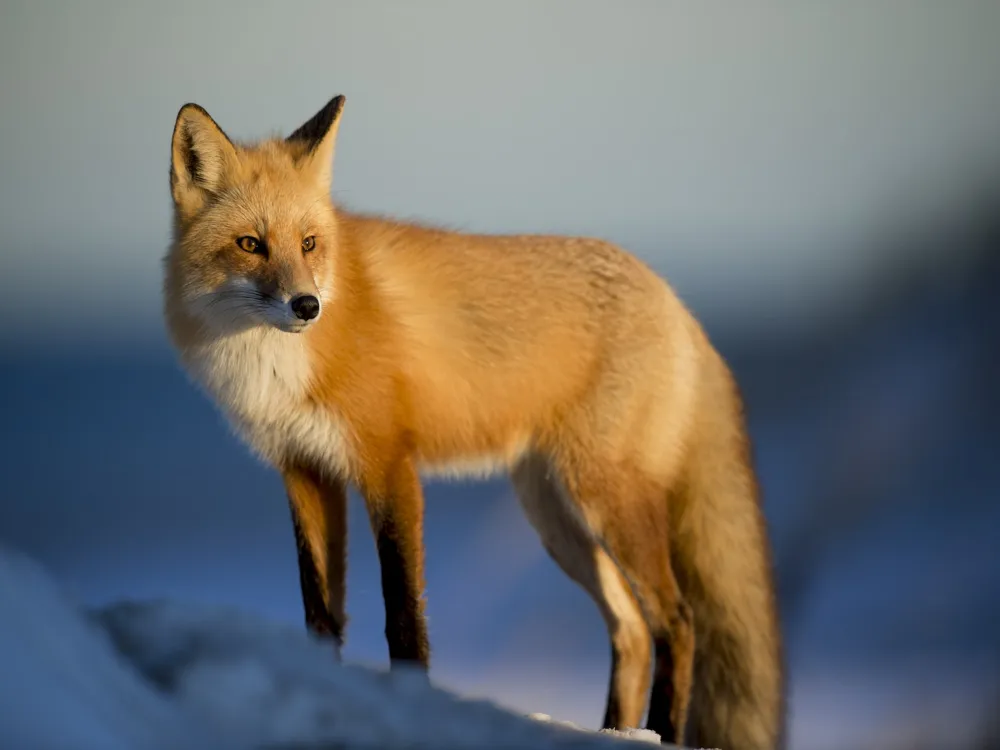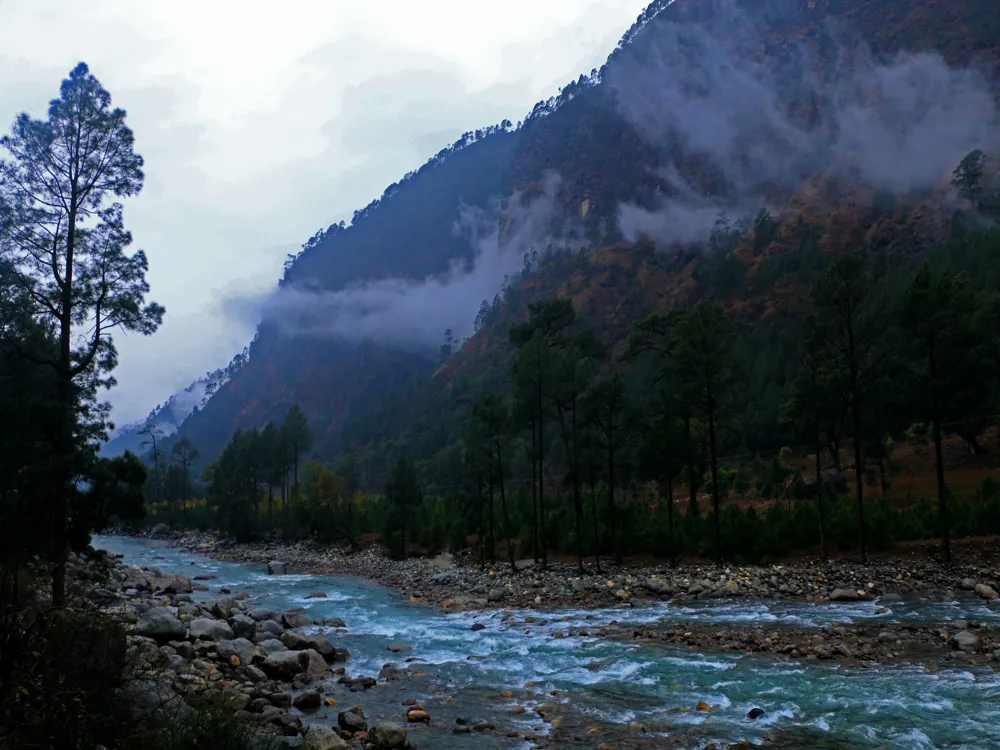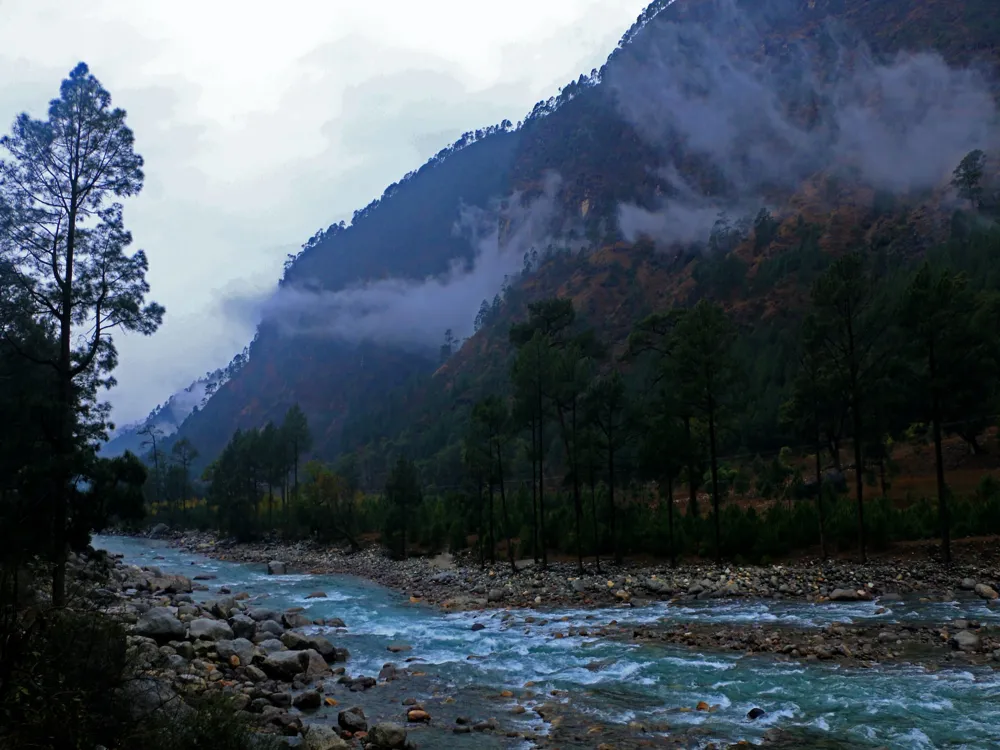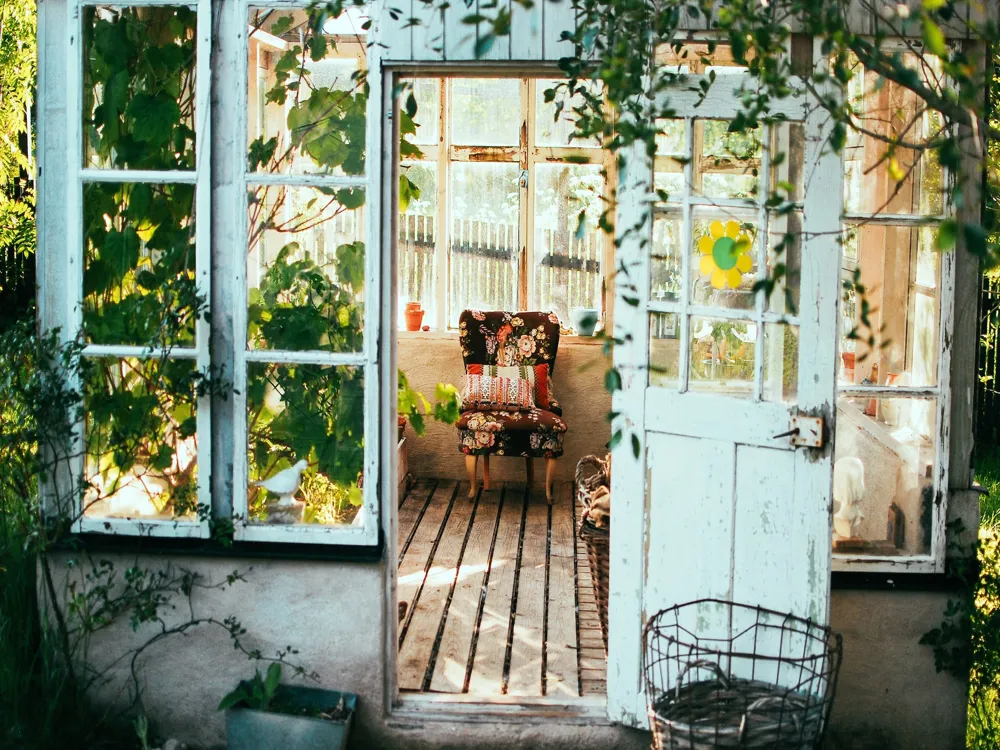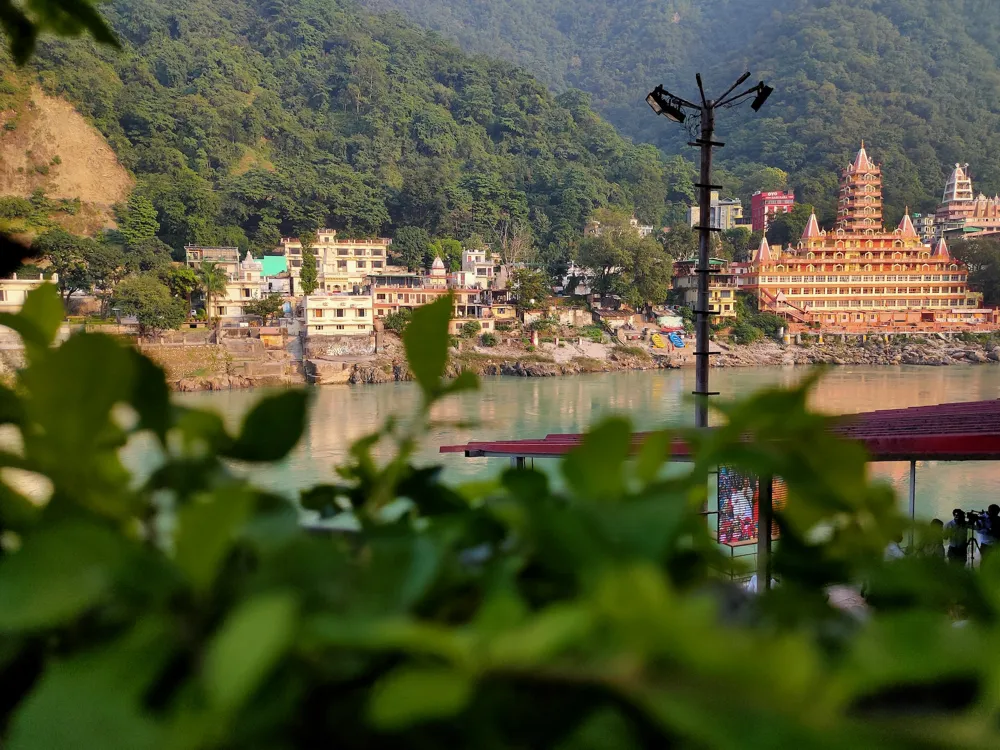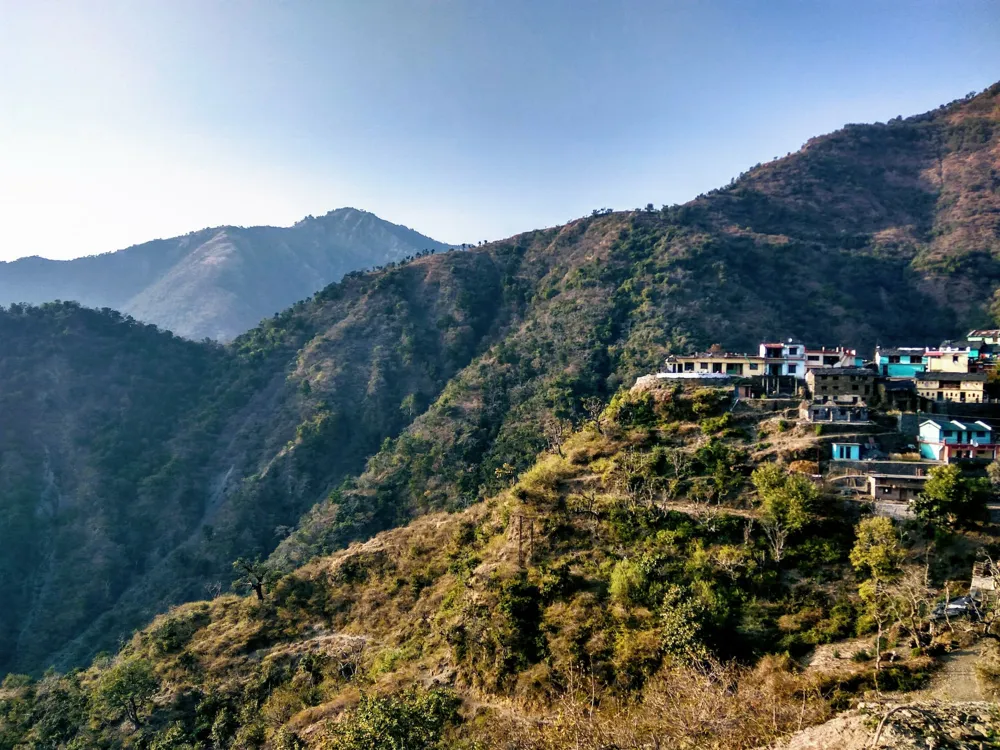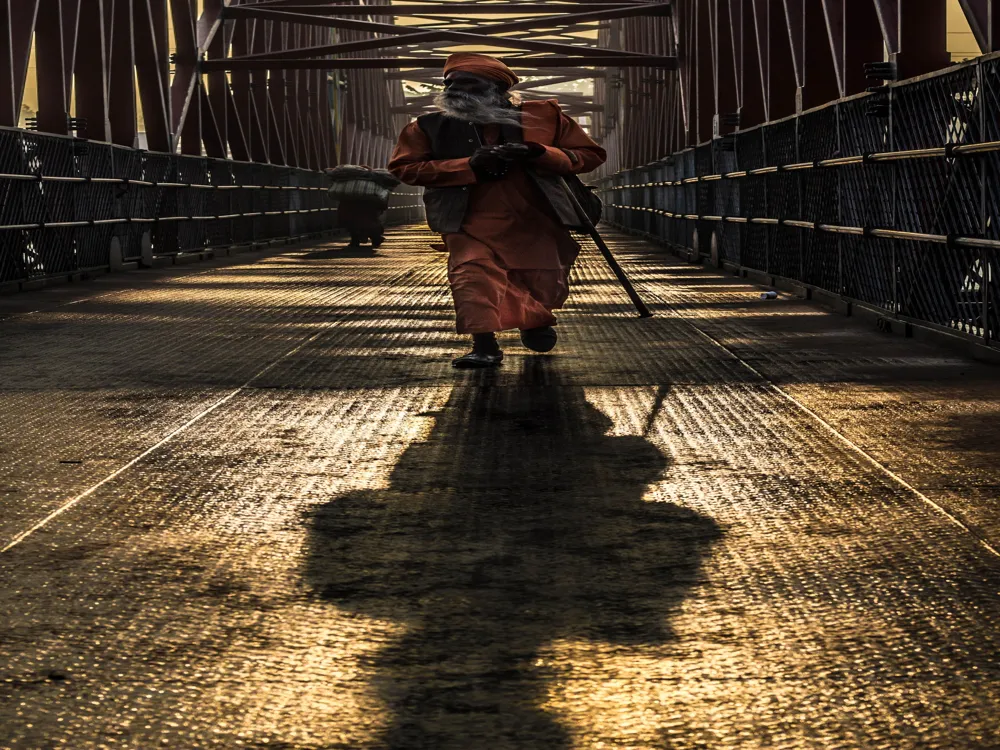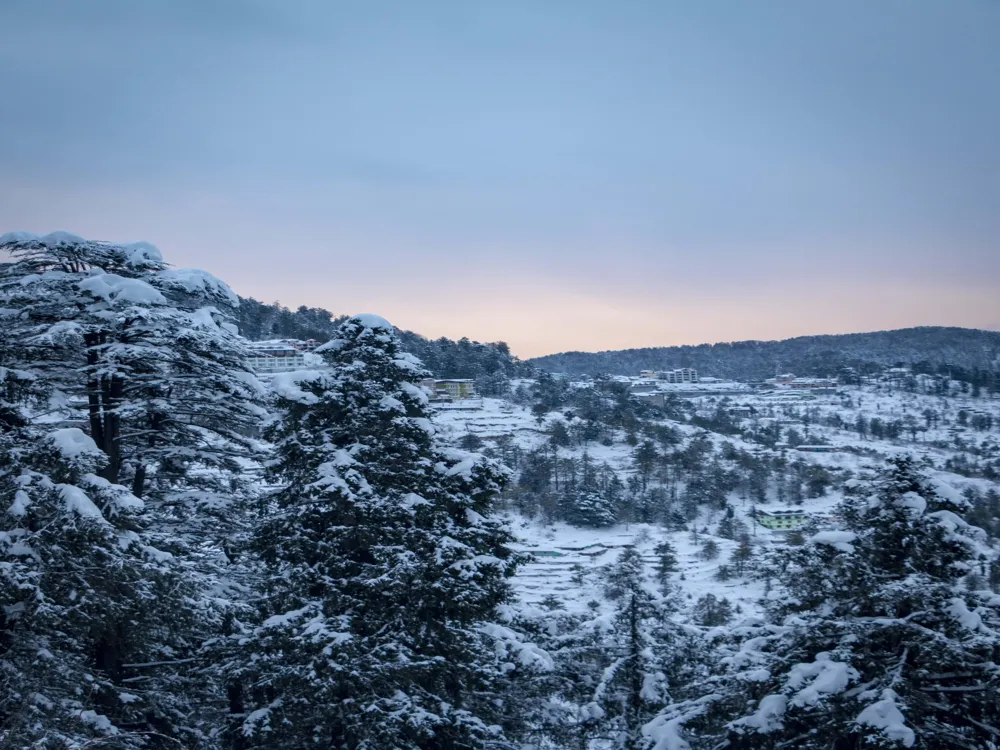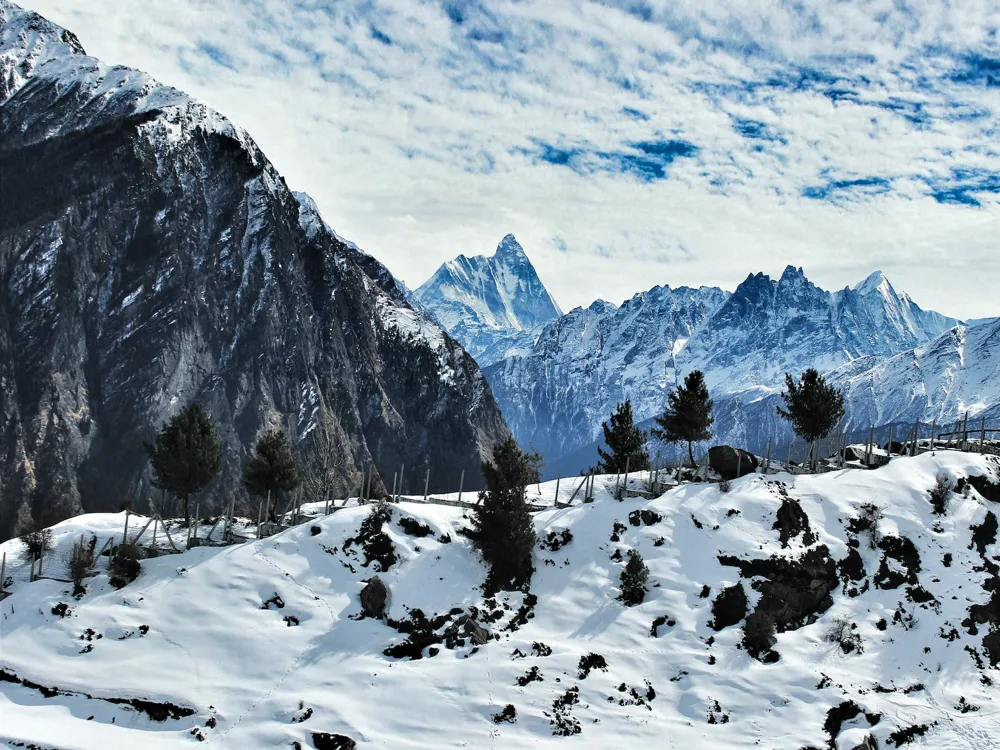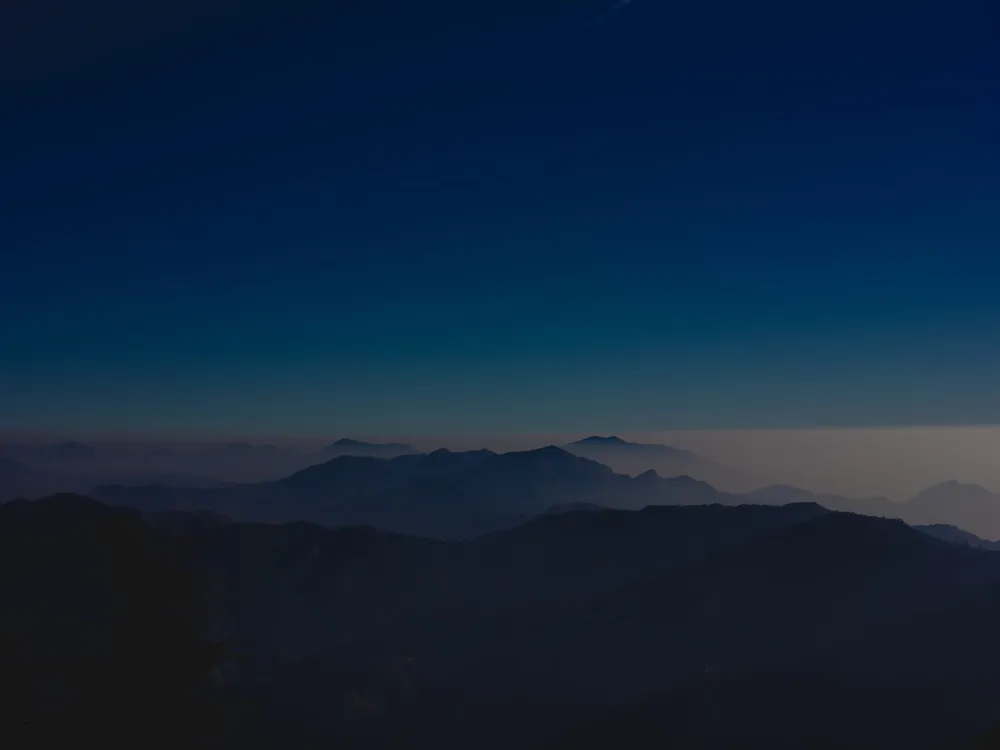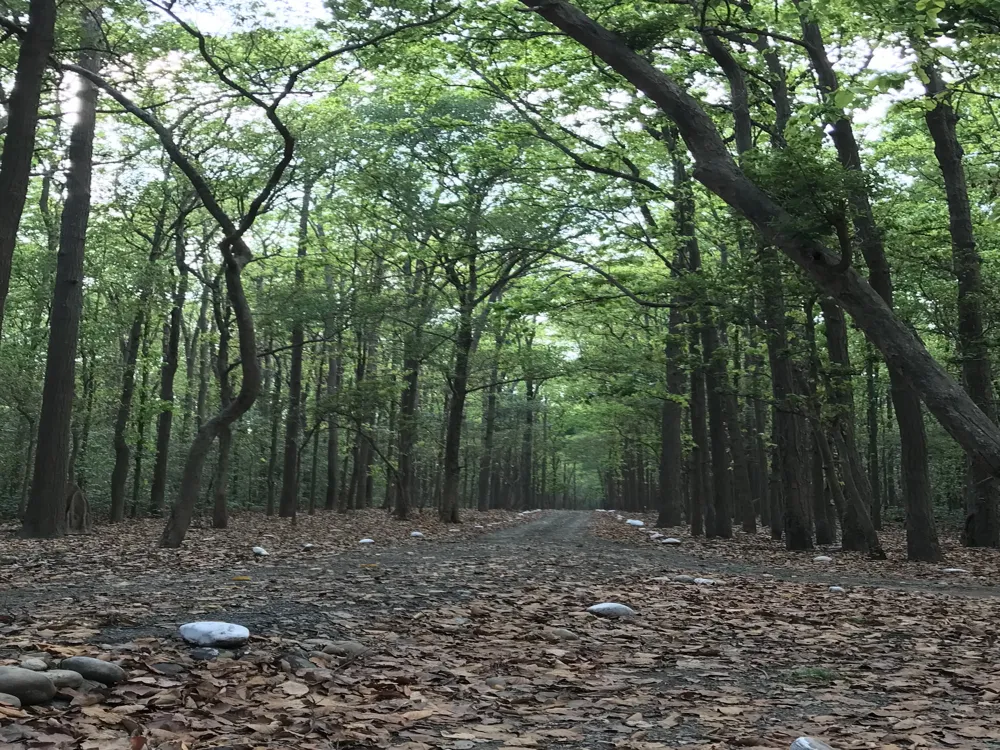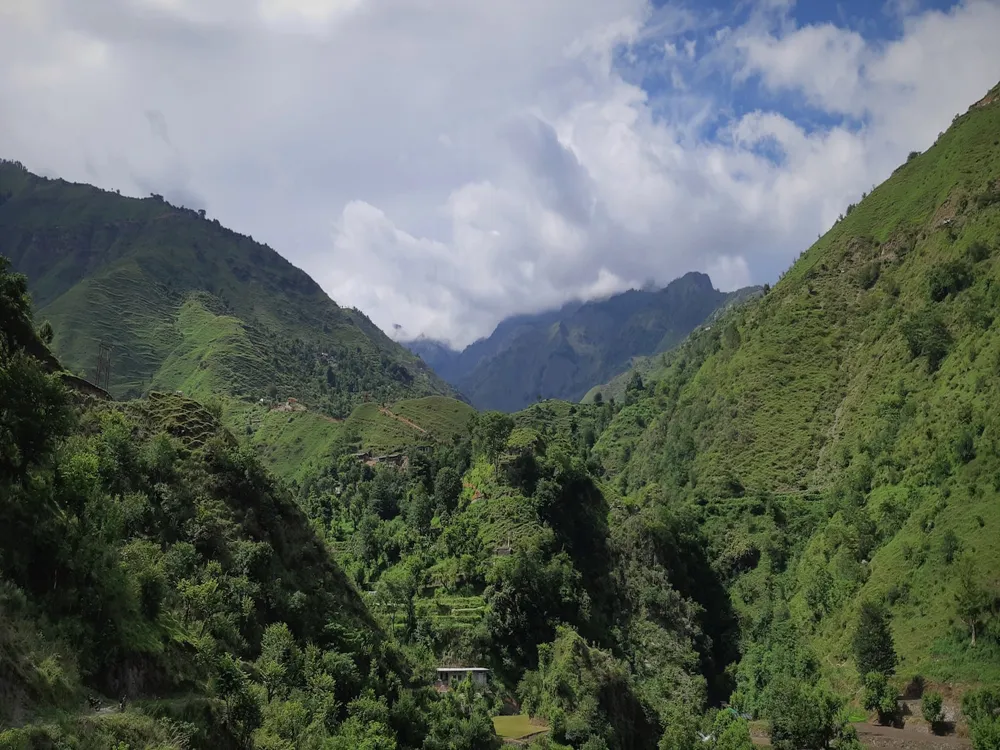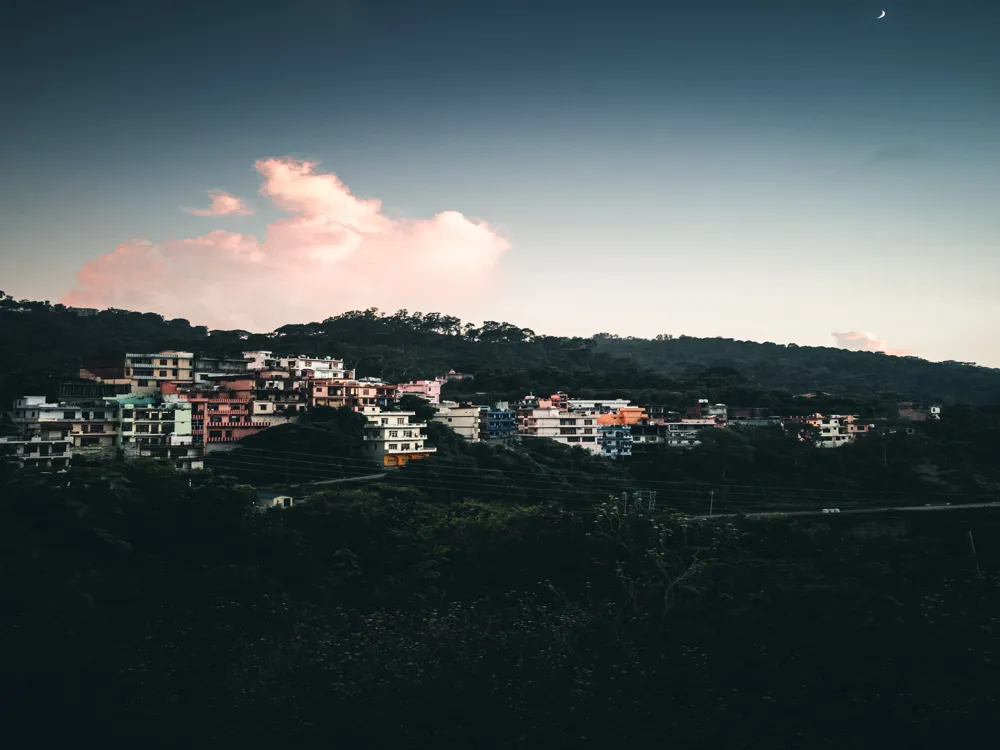Nestled in the serene environs of Mussoorie, Uttarakhand, the Nag Tibba Trek is a splendid weekend getaway for trekkers and nature lovers. Known as the 'Serpent's Peak', Nag Tibba, at an altitude of 9,915 feet, is the highest peak in the lower Himalayas of the Garhwal region. This trek is particularly famous for its rich flora and fauna, offering mesmerizing views of the Bandarpoonch peak, the Gangotri group of peaks, Kedarnath peak in the north, and the Doon valley. The trek to Nag Tibba begins from Pantwari, a small village about 85 kilometers from Dehradun. The journey unfolds through dense forests, clearings, and ridge walks, making it an ideal trek for beginners and experienced trekkers alike. The trek offers a perfect mix of easy and moderate trails, allowing one to experience the thrill of a Himalayan trek without it being too strenuous. The beauty of the Nag Tibba trek lies in its versatility. Each season brings a different flavor to the trek – springs are lush with greenery, summers offer clear blue skies, monsoons cover the landscape in mist and bloom, and winters present a snowy wonderland. This makes Nag Tibba a year-round destination. Trekkers can also visit the Nag Devta temple, an ancient place of worship dedicated to the Serpent God, located on the trek route. The total trekking distance is about 15 kilometers, which can be comfortably covered in two days. The first leg of the trek involves an ascent to the Nag Tibba base camp, followed by an overnight camp under the stars. The next day involves trekking to the summit to catch the glorious sunrise and then descending back to Pantwari. The panoramic views from the summit are a sight to behold, with the stunning vistas of the Himalayan range stretching across the horizon. Nag Tibba Trek not only presents an opportunity for a physical adventure but also a chance to disconnect from the hustle of daily life and reconnect with nature. The 'architecture' of the Nag Tibba Trek refers not to man-made structures but to the natural terrain and ecosystem that makes up this stunning trek. The trek is a masterpiece of natural architecture, with its diverse landscapes, ranging from rugged trails to lush meadows and dense forests. One of the most striking features of the Nag Tibba trek is the dense forest cover. The path to the summit winds through thick forests of oak and rhododendron, creating a green canopy overhead. These forests are home to a variety of flora and fauna, including numerous bird species, making it a bird watcher's paradise. During spring, the rhododendron trees are in full bloom, adorning the forest with vibrant colors. As trekkers ascend, the landscape changes dramatically. The dense forest gives way to open grasslands and meadows, known locally as 'bugyals'. These meadows are lush during the monsoon and post-monsoon seasons, with a variety of wildflowers dotting the landscape. The bugyals offer breathtaking views of the surrounding peaks and valleys, providing a stark contrast to the dense forests below. The summit of Nag Tibba is marked by a small temple dedicated to the Serpent God, Nag Devta. This temple, though simple in its construction, holds great significance for the local people. It is an exemplary representation of the intimate relationship between the local culture and the natural environment. The temple is often surrounded by prayer flags, adding a splash of color to the otherwise rugged terrain at the summit. Another significant aspect of the Nag Tibba trek's architecture is its trails. The trek has well-defined paths that are a mix of steep climbs and gradual ascents. The trail has been carved out over the years by shepherds and locals, making it accessible yet adventurous. The trekking path also offers ridgeline walks that provide trekkers with exhilarating views of the mountain ranges and valleys. In summary, the architecture of the Nag Tibba Trek is a harmonious blend of natural elements – forests, meadows, mountain ridges, and local cultural elements like the Nag Devta temple. This blend creates an enchanting experience for trekkers, making it a must-visit destination for those seeking to experience the untouched beauty of the Himalayas. While Nag Tibba is a year-round destination, the best time to trek is from October to March when the weather is most stable and the views are clear. Winter treks offer the magical experience of snow. It is advisable to engage in some physical preparation before the trek, like cardio exercises. This ensures a comfortable trekking experience, especially for beginners. Carry warm clothing, rain gear, trekking shoes, water bottles, snacks, a first-aid kit, and a flashlight. Do not forget to carry a camera to capture the scenic views. Keep yourself hydrated throughout the trek. Drinking water regularly helps in acclimatization and prevents altitude sickness. Maintain the sanctity of the place by avoiding littering. Carry back all non-biodegradable waste and dispose of it responsibly. Reaching Nag Tibba Trek is relatively straightforward. The nearest major city is Dehradun, which is well-connected by air, rail, and road. From Dehradun, Pantwari, the starting point of the trek, is about 85 kilometers away. For those traveling by air, the Jolly Grant Airport in Dehradun is the nearest airport. It is well-connected with major cities like Delhi, Mumbai, and Bengaluru. From the airport, one can hire a taxi or take a bus to reach Pantwari. For train travelers, Dehradun railway station is the nearest railhead. There are regular trains from major cities of India to Dehradun. Upon reaching Dehradun, travelers can opt for local buses or taxis to reach Pantwari. Road travel is also a viable option. Dehradun is well-connected by road with cities like Delhi, Haridwar, and Rishikesh. From Dehradun, Pantwari can be reached by hiring a taxi or taking a bus, which are readily available. The drive to Pantwari offers scenic views of the mountains and is in itself an enjoyable experience. For those preferring a more organized approach, several travel agencies offer packages that include transportation, accommodation, and guiding services. This can be a convenient option, especially for first-time trekkers or those unfamiliar with the region. Read More:Overview of Nag Tibba Trek in Mussoorie, Uttarakhand
Architecture of Nag Tibba Trek
Tips When Visiting Nag Tibba Trek
Best Time to Visit
Physical Preparation
Packing Essentials
Stay Hydrated
Respect Nature
How To Reach Nag Tibba Trek
Nag Tibba Trek
Mussoorie
Uttarakhand
₹ 3,500 onwards
View mussoorie Packages
Weather :
Tags : Trekking & Hiking
Time Required : 2 days
Planning a Trip? Ask Your Question
Mussoorie Travel Packages
View All Packages For Mussoorie
Top Hotel Collections for Mussoorie

Private Pool

Luxury Hotels

5-Star Hotels

Pet Friendly
Top Hotels Near Mussoorie
Other Top Ranking Places In Mussoorie
View All Places To Visit In mussoorie
View mussoorie Packages
Weather :
Tags : Trekking & Hiking
Time Required : 2 days
Planning a Trip? Ask Your Question
Mussoorie Travel Packages
View All Packages For Mussoorie
Top Hotel Collections for Mussoorie

Private Pool

Luxury Hotels

5-Star Hotels

Pet Friendly







